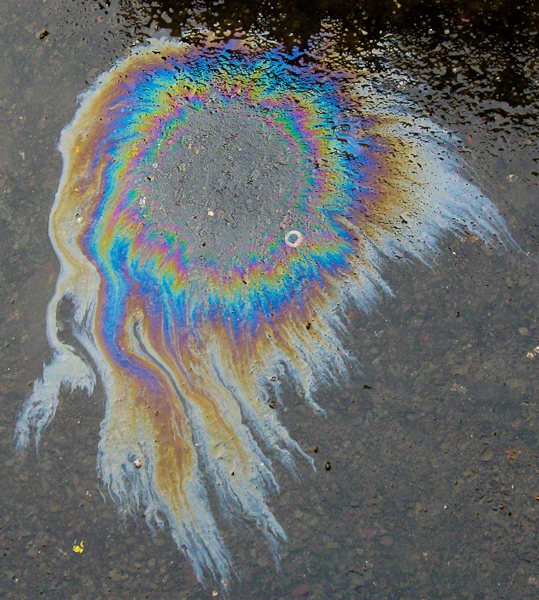

"The...garbage hills are alive... there are billions of microscopic organisms thriving underground in dark, oxygen-free communities....After having ingested the tiniest portion of leftover New Jersey or New York, these cells then exhale huge underground plumes of carbon dioxide and of warm moist methane, giant stillborn tropical winds that seep through the ground to feed the Meadowlands' fires, or creep up into the atmosphere, where they eat away at the...ozone...One afternoon I...walked along the edge of a garbage hill, a forty-foot drumlin of compacted trash that owed its topography to the waste of the city of Newark.... There had been rain the night before, so it wasn't long before I found a little leachate seep, a black ooze trickling down the slope of the hill, and espresso of refuse."
“In a few hours, this stream would find its way down into the... groundwater of the Meadowlands; it would mingle with toxic streams....But in this movement, here at its birth,...this little seep was pure pollution, a pristine stew of oil and grease, of cyanide and arsenic, of cadmium, chromium, copper, lead, nickel, silver, mercury, and zinc. I touched this fluid--my fingertip was a bluish carmel color--and it was warm and fresh. A few yards away, where the stream collected into a benzene-scented pool, a mallard swam alone.”